Sequoia sempervirens (D.Don) Endl.
Coastal redwood
The tree tag number relates to the black tree-maintenance tags, usually fixed on the trunk, 2 to 3m above ground level.
There are three “redwoods” – the dawn redwood (Metasequoia), the coastal redwood (Sequoia sempervirens) and the Giant Sequoia (Sequoiadendron giganteum)
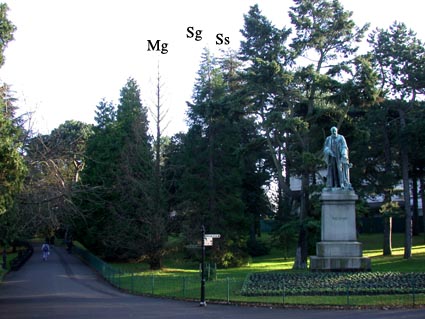
The three redwoods in Belfast Botanic Gardens as seen from the Stranmillis gate
Mg is the Metasequoia (in winter with no leaves). Sg is Sequoiadendron giganteum and Ss is Sequoia sempervirens
The coastal redwood is restricted in the wild to a small coastal strip from California to Oregon. One of the most famous locations is Muir Woods, a few km from the Golden Gate Bridge. There they grow bathed in sea-fogs during the summer; they also grow very well in the damp west of the British Isles. They grow quickly from seed. The leaves are quite similar to those of Metasequoia but unlike this genus, they are evergreen (hence the species name sempervirens – “ever-green”). The coastal redwood produces epicormic shoots which tend to form a group of young trees around the base of old trees and unlike most conifers it can coppice. The epicormic shoots also form burs on the trunk. The foresters cut these off and sell them to tourists as they can be kept alive for many months in a saucer of water. Income from tourism helps to preserve the fragile sequoia ecosystem.
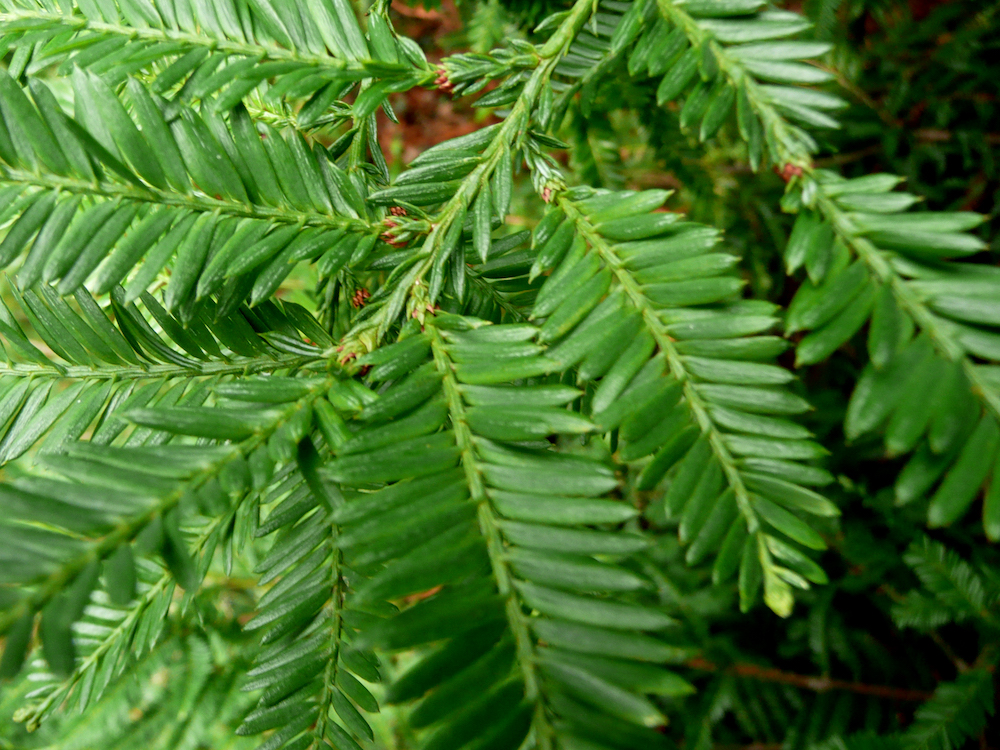
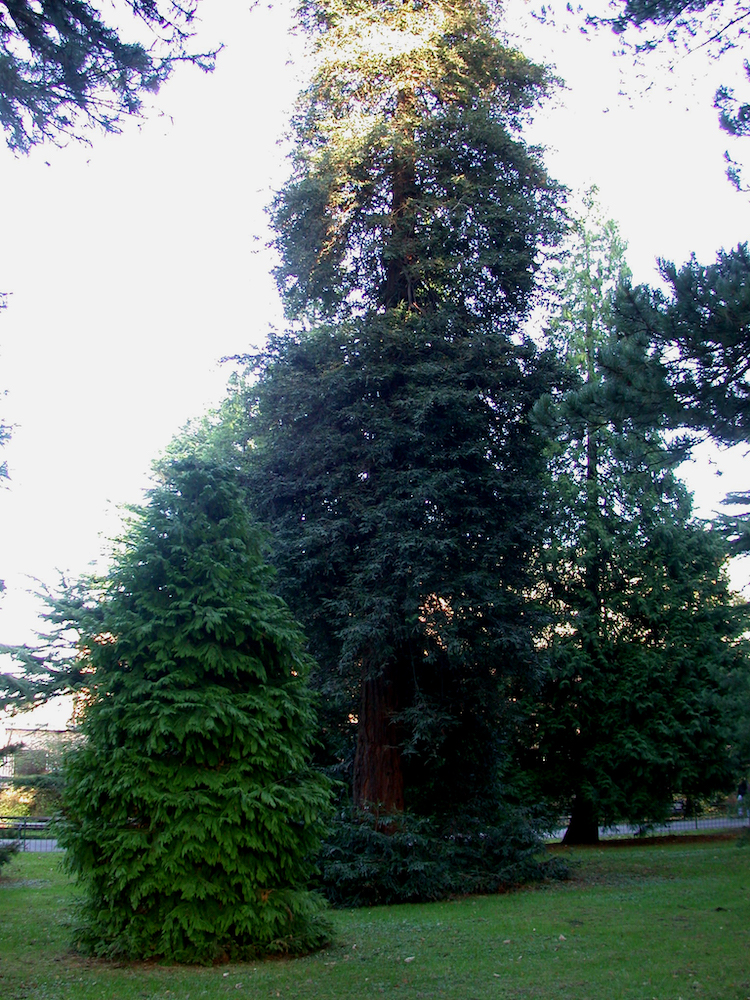

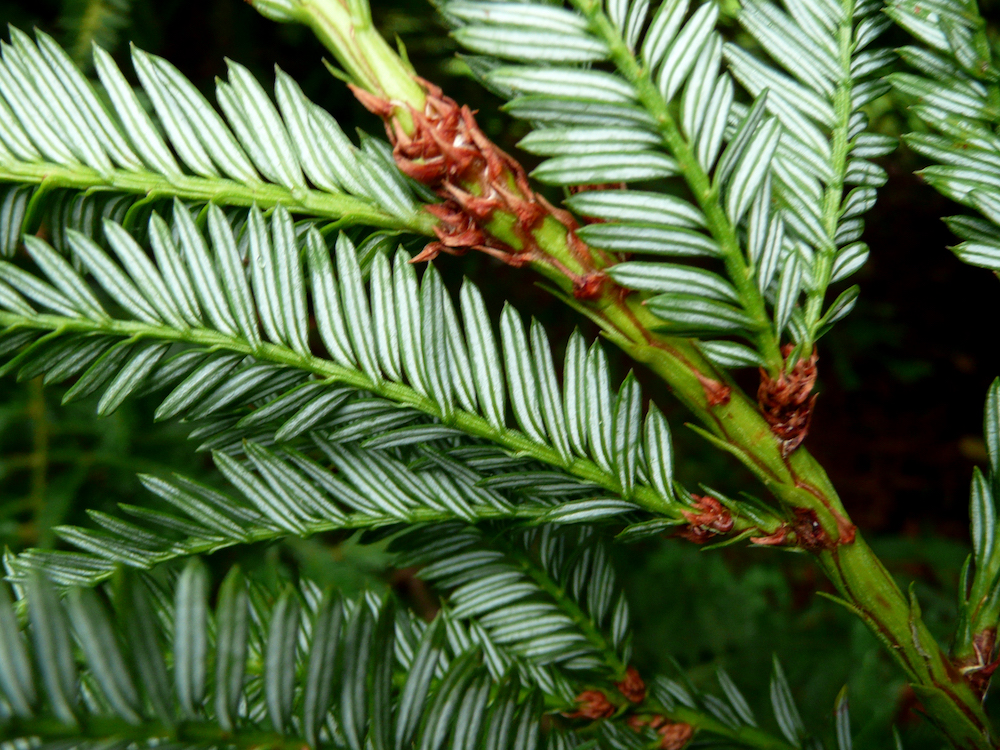
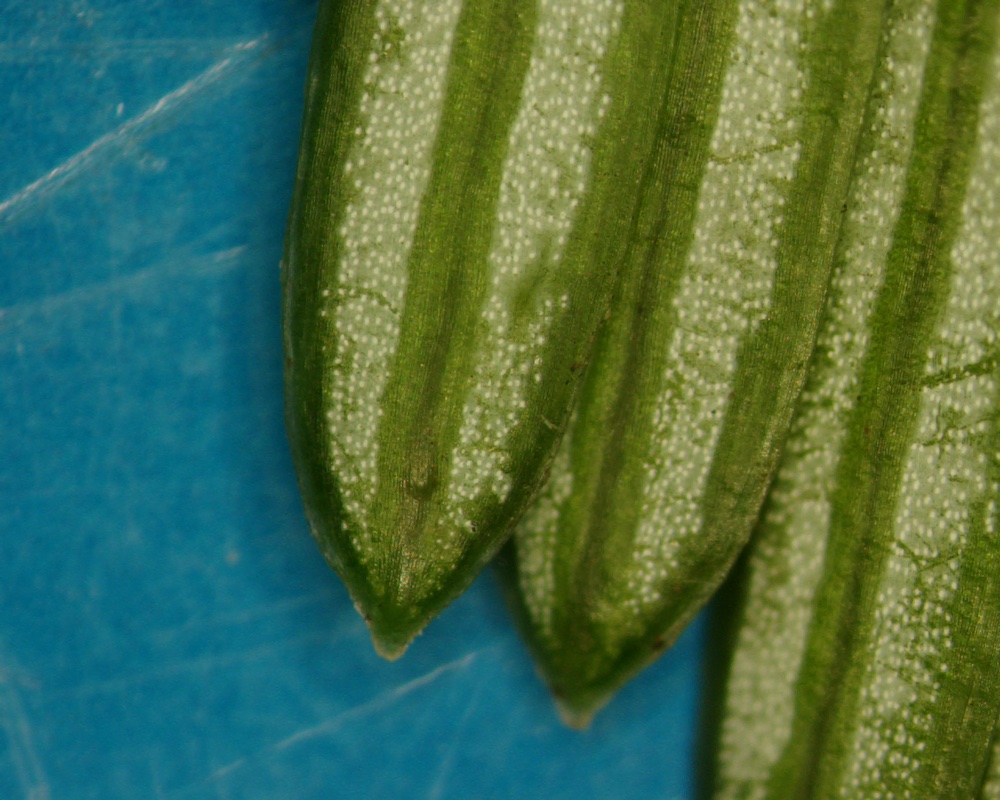
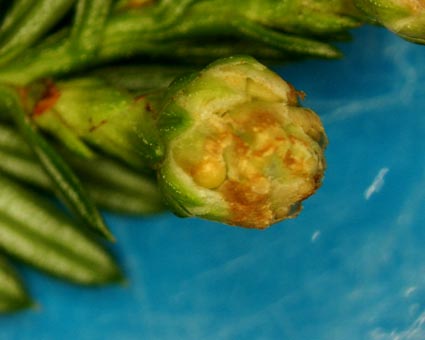
Photos taken in Belfast Botanic Gardens in 2009. Copyright: Friends of Belfast Botanic Gardens.
